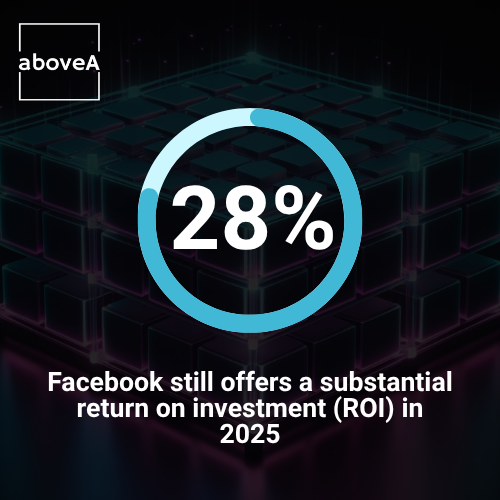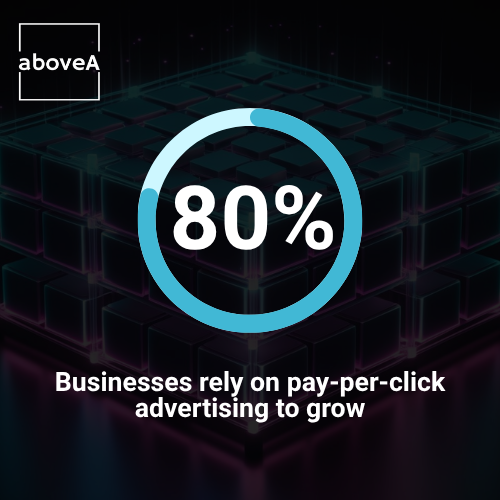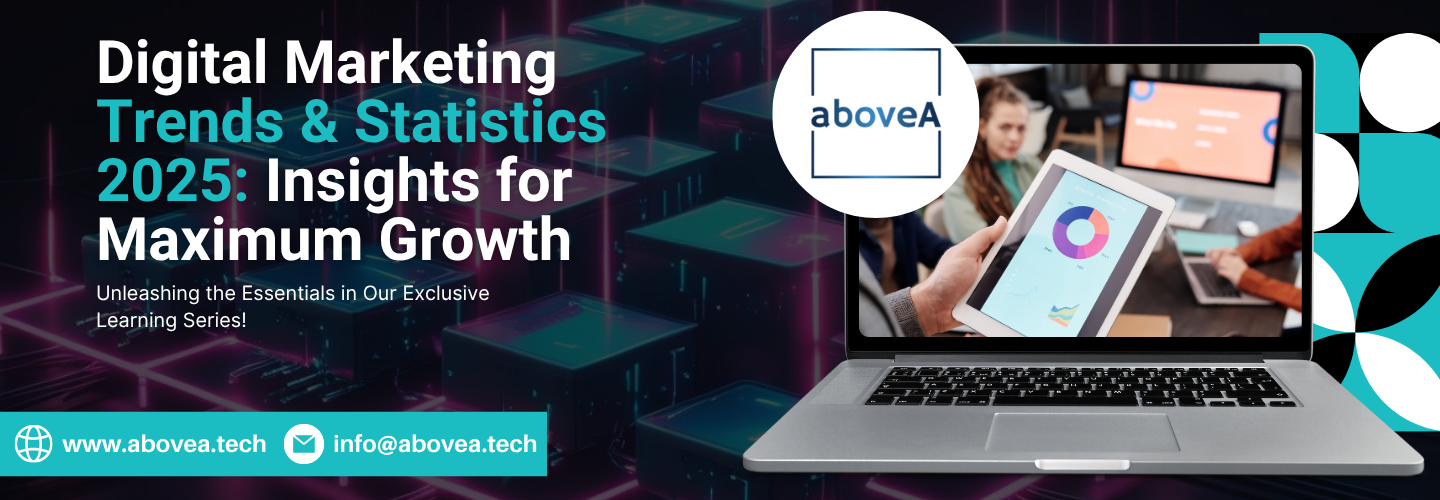

Oscar Leung
Researcher at aboveA and fascinated by digital marketing, and the way businesses connect with their audiences, and build their brand awareness.
Digital Marketing Trends & Statistics 2025: Insights for Maximum Growth
Digital marketing trends can be difficult to tap into in 2025. They often change thanks to the introduction of new tech and industry-specific practices. Old tricks may not always work. Thus, acting fast on what is happening out there is key to any business success.
But you can beat this game!. If you keep a keen eye on market changes and learn from the best players in your field. This careful attention can help you scale fast and outperform the competition. Hence, in this master guide, I will guide you through the 2025 digital marketing statistics, helping to make better shots in your business direction.
Need help in digital marketing? We’ll support you.
Table of Contents
Global Digital Marketing Overview in 2025
Digital marketing is one of the largest superpowers in the market. Growing fast and steadily. This industry accumulated $472.5 billion of value by the end of 2024 and keeps expanding still.
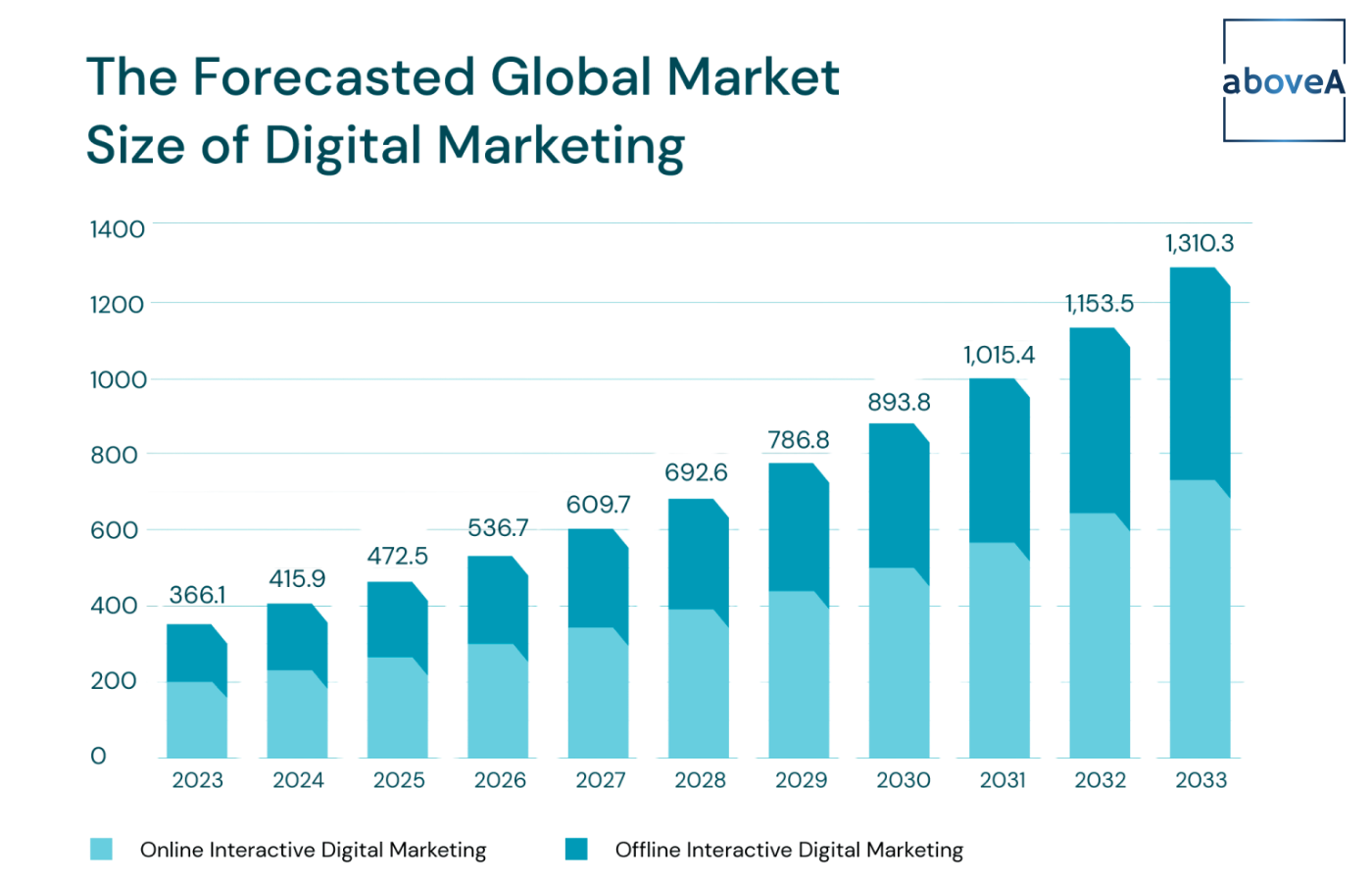
One trend that seems to be prominent this year as well – online users show a lot of interest in personalized content. This cornered the marketers into refining their strategies by prioritizing user-generated content more.
Another key development here has to do with AI. In 2025, the emergence of Answer Engine Optimization (AEO) created waves in the industry. The AEO stands for optimized content. The way it works is that AI chatbots (like ChatGPT or Google’s SGE) provide generated answers based on the online context. This posed a new challenge for marketers and brands to figure their way out how to appear in these AI summaries.
That said, with these new developments and many others that have yet to be discussed, there is a lot to unpack. Thus, as we go through the digital statistics and trends, I will explain to you each step by step. Divided into digital marketing verticals, such as SEO, social media, content marketing, and more. By the end of this guide, we will also discuss some key emerging trends worth noting this year.
SEO Statistics in 2025
The old tricks for SEO optimization may not work in 2025! The landscape has changed compared to past years. Algorithms are smarter, users are pickier, and competition is tougher. If you’re unsure where to focus your efforts, these fresh insights will guide you.
Search volume for "E-E-A-T" has increased by 344% over the past five years
E-E-A-T is becoming more crucial to on-page SEO development. That’s so because Google now sorts out trusted sources by assessing their authorship, consistency, and content updates. That means your content should clearly show who wrote it, why they’re qualified, and when it was last updated.
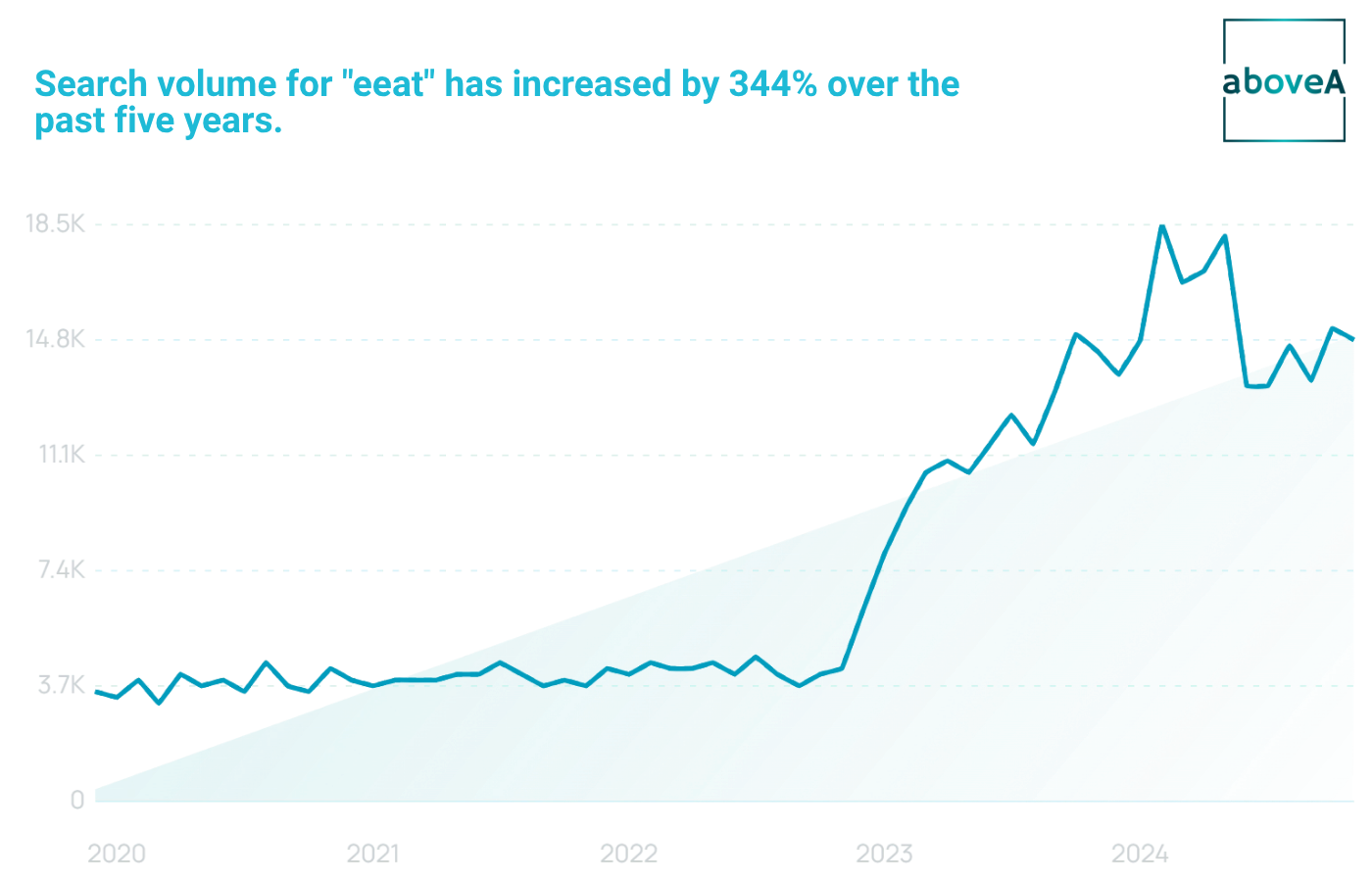
13.14% of all queries triggered AI Overviews in March 2025
AI overviews are on the rise and change how we access information. They cannibalize traffic from publishers. For example, Google SGE reduces organic clicks for affected queries by 18-64%. So, focus on optimizing your content to appear in these AI overviews.
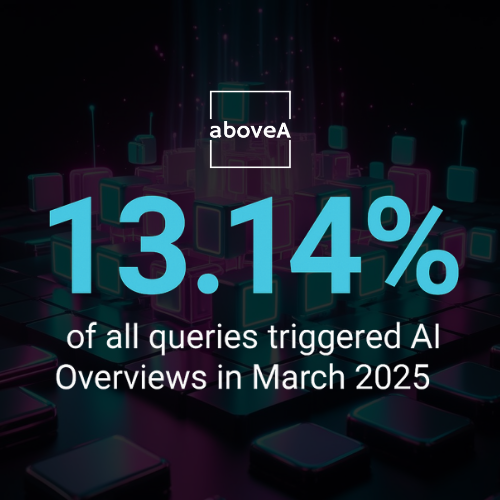
Search Interest in user-generated content (UGC) has soared by 575% in the past five years
UCG content is taking the lead in SEO marketing. Experts project that it will drive 80% of SEO-enhancing content by 2030. If you want more reach and higher rankings, encourage your customers to share their stories and showcase them on your website.
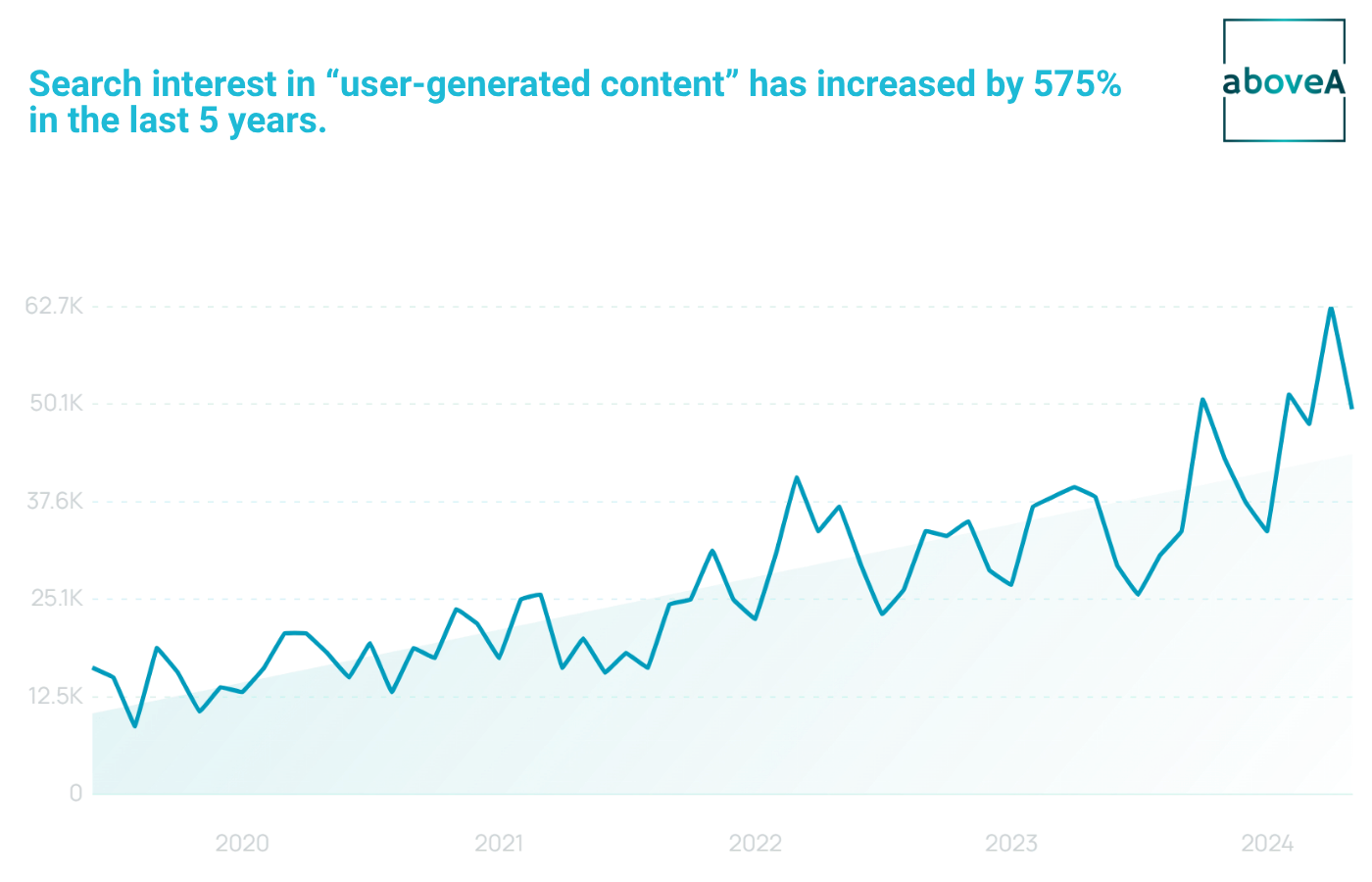
Google still holds about 90% of the search market share worldwide
Google is still the preferred search engine for most consumers. On desktop, it owns around 79.1% of the market, and even more on mobile. That means your SEO strategy should still prioritize ranking well on Google. High visibility here gives you the best shot at driving consistent traffic.
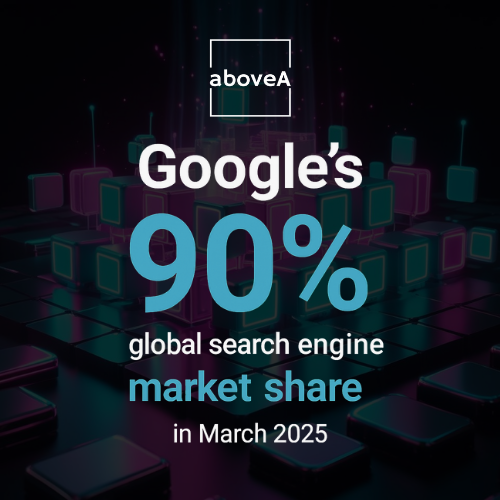
86% of SEO professionals use AI in their workflows
More SEO teams are using AI tools in different areas. Of companies with over 200 employees, 83% reported better SEO performance using AI. Use AI for tasks like keyword research, content creation, and ranking analysis.
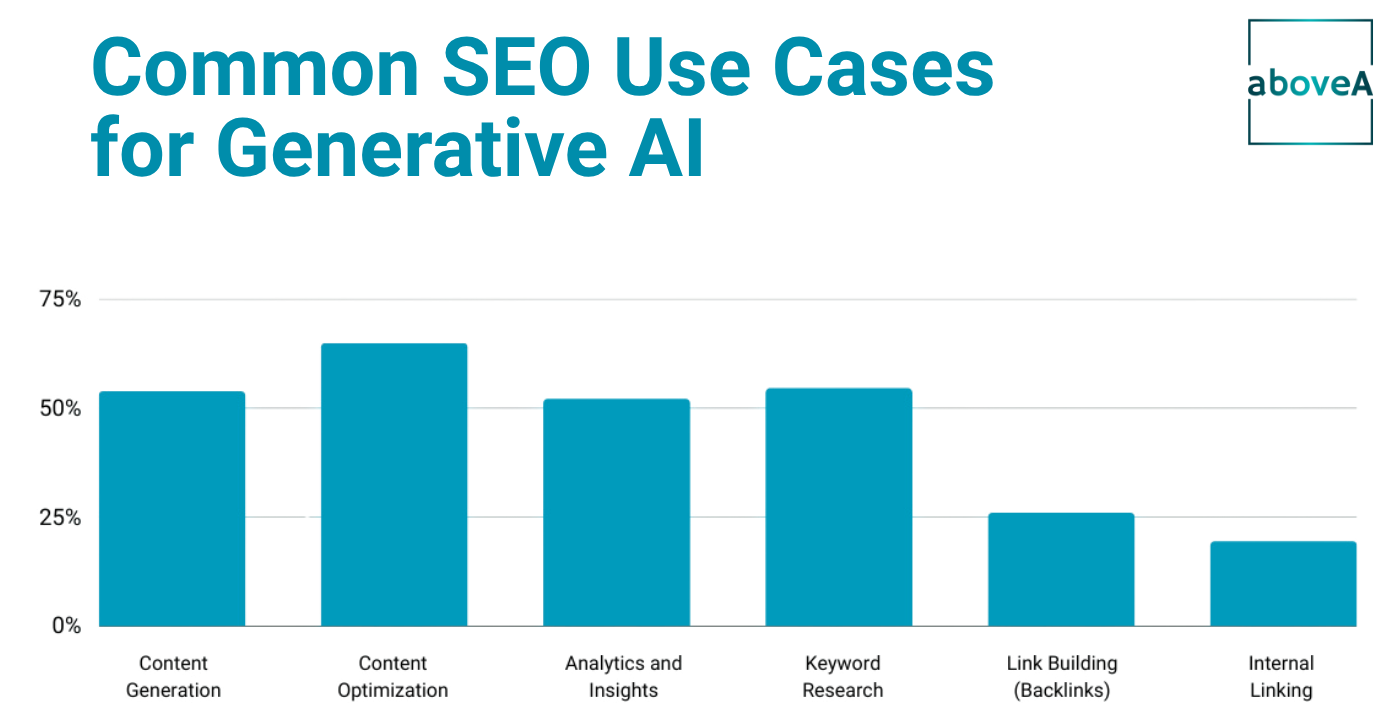
Social Media Marketing Statistics
Convenience and relevance are the essence of social media marketing. Struggling to hit both? Don’t worry! You’re not alone, but the top-performing brands have already adapted. Below are the latest stats showing what’s working in social media right now, and how you can apply it.
49% of consumers use social media to conduct shopping research in 2025
More online users use social media to find new brands. HubSpot found that people aged 18 to 44 like social media the most for discovering products. Invest more in social media marketing. This will help users find your products more easily.
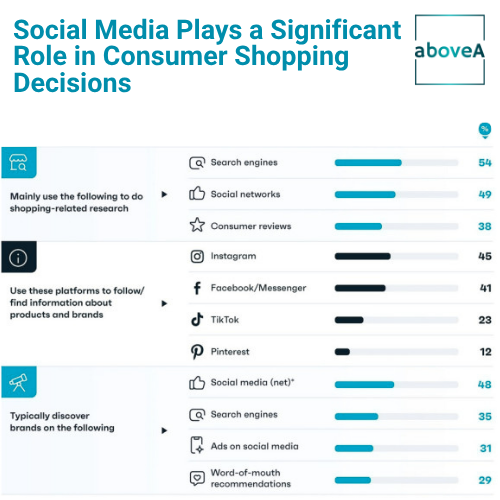
80% of social media marketers believe consumers will buy products directly in social apps
Social commerce gives users a full shopping experience. Platforms like Instagram, TikTok, and Facebook are building full in-app shopping experiences. That means fewer users are clicking away to external websites. If your social pages aren’t shoppable, you’re missing out.
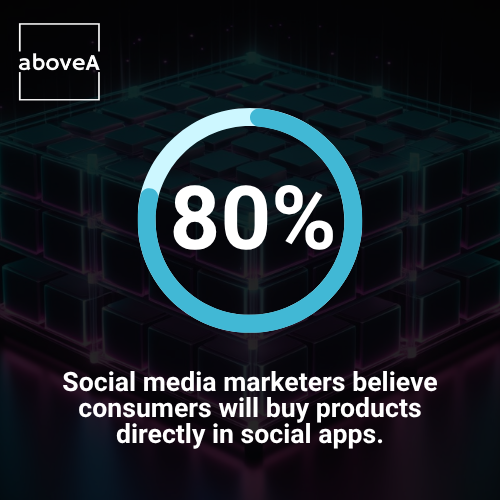
Infographics are 30 times more likely to be read than articles
Marketers are increasingly focusing on infographics. 55% of them make social media infographics more than any other visual media. To be more competitive, generate more compelling infographics. They will help you attract potential customers.
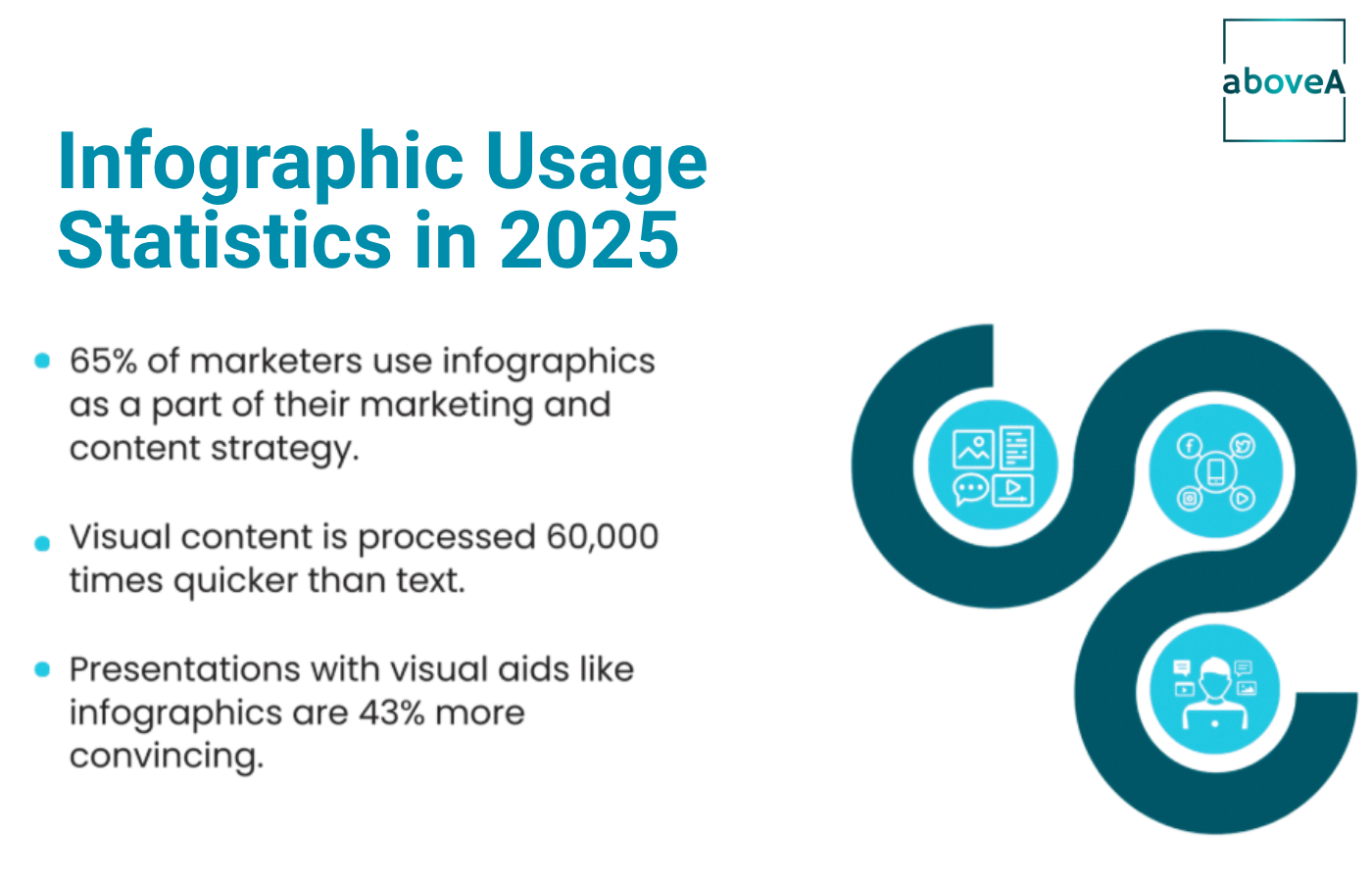
66% of social media marketers report that funny content is the most effective for their brand
Humor isn’t just for laughs. It drives real results. Entertaining content can generate more engagement and conversions. 74% of users recognized brands for their creativity. Plus, 45% of humorous ads drive larger sales. Hence, entertaining content grabs attention, encourages sharing, and builds emotional bonds. If you seek more engagement, lighten the tone and make your users smile.
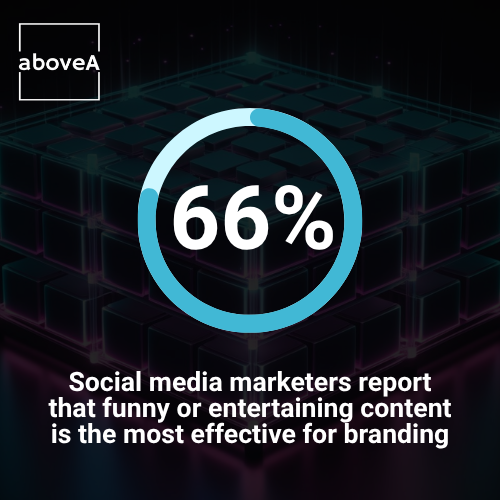
Content Marketing Statistics
Many businesses are succeeding with content marketing. But choosing the right content has always been the hardest part. These new stats show how companies grow by picking the right content. You can refer to them to change your strategies.
46% of weekly podcast listeners buy something after hearing an ad
Podcast listeners are often highly engaged and listen with intent. The podcast can be an ideal platform for prospecting in 2025. Develop podcast content because it can be useful to drive growth and bring in new high-intent customers.
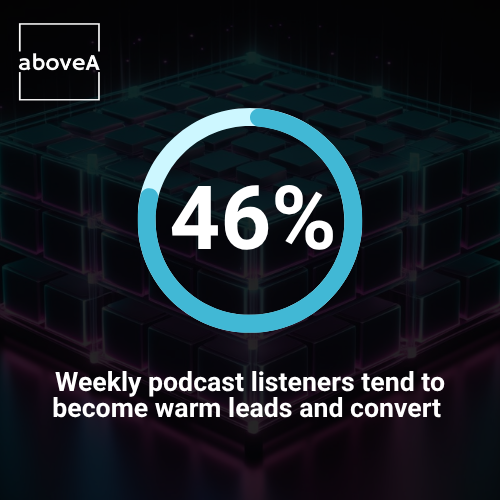
98% of consumers watch how-to videos to see if a product or service is right for them
Explainer videos are a powerful tool in content marketing. 87% of consumers reported being better convinced to buy after watching product videos. So, make your videos. Feature and explain your products and services. Videos will bring more potential customers.
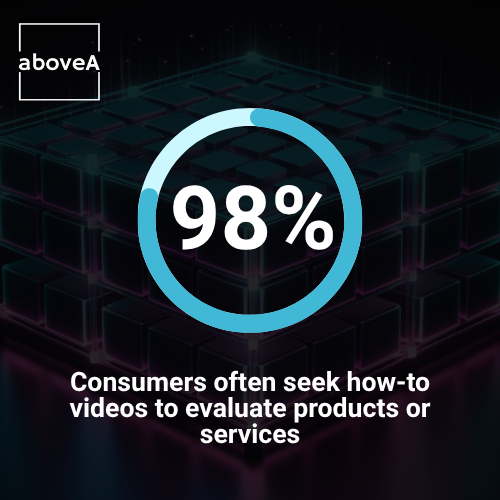
Content marketing costs 62% less than outbound marketing and is more effective
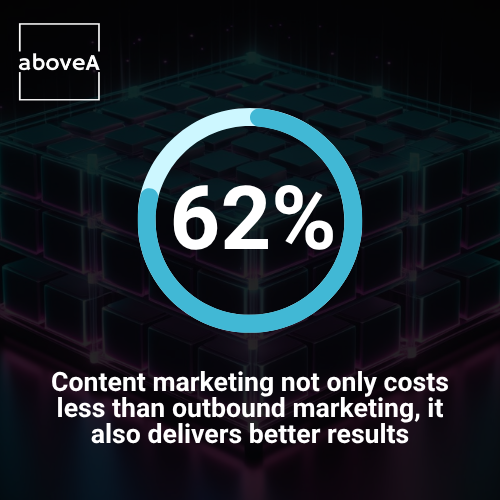
58% of B2B marketers report that content marketing has increased their revenue
Content marketing is closely linked to improved growth metrics. In fact, 49% of marketers say their content marketing brought more revenue. So, in 2025, it should be wise to invest more resources in content marketing if you seek revenue growth.

79% of leading B2B content marketers say their success comes from deeply understanding their audience
The secret to standout content? A well-rounded and researched target audience. High performers rely on it. Clear buyer personas will tell you what to create that people truly want. When you understand your audience, every blog, video, or email will have a greater impact and perform more effectively.
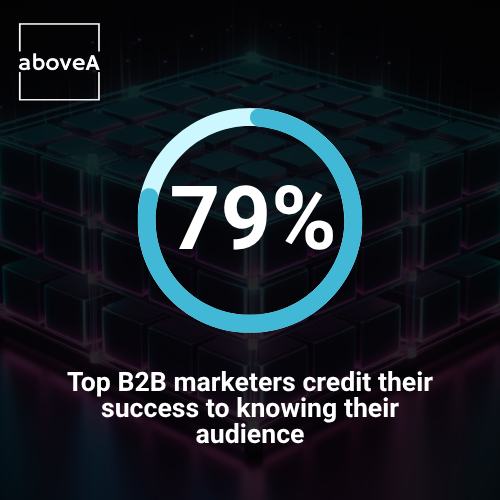
Email Marketing & Automation Trends
Do you often wonder why your emails can’t reach audiences? These 2025 stats show how to avoid spam filters, improve engagement, and make every email count.
Google & Yahoo are cracking down on spam to maintain complaint rates below 0.3%
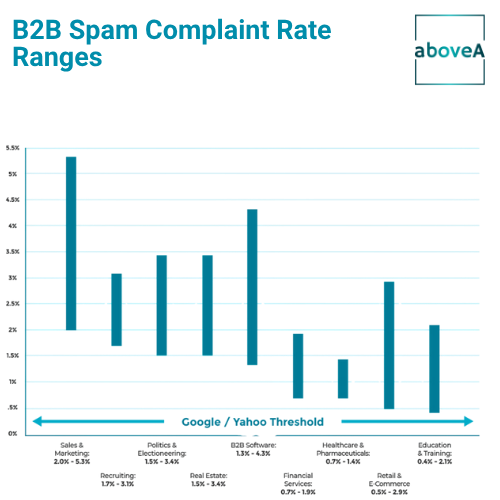
Apple’s privacy updates limit email tracking
With Apple’s MPP, open rates are no longer reliable. In 2025, the click-through rate is now the top performance metric. Focus on clicks and conversions as your core KPIs, because opens no longer tell the full story.
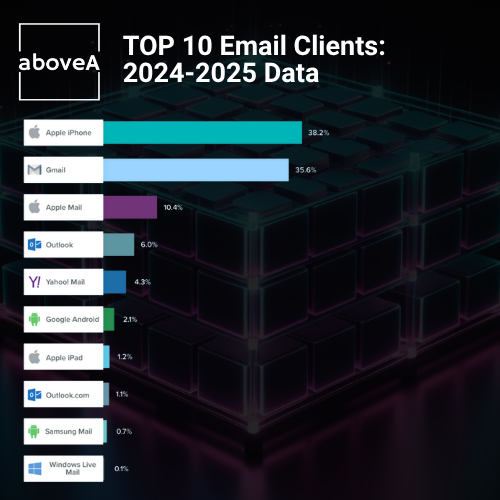
Automated emails had a 2,361% better conversion rate than regular scheduled campaigns
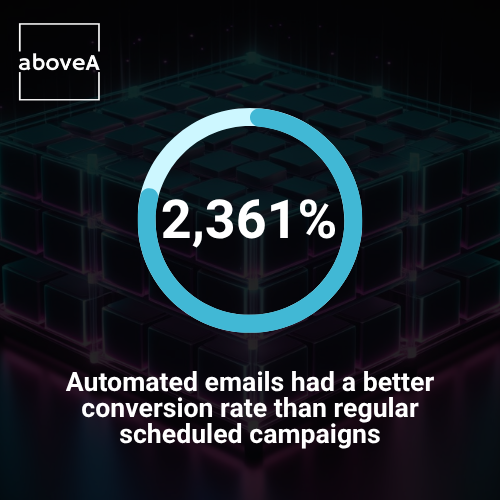
65% of marketers personalize subject lines in more than half of their email campaigns
80% of specialists say they improved their campaign results by personalizing subject lines. Using subject lines like “Hey Peter, check out these new apparel!” will make your emails more engaging and relevant to your customers.
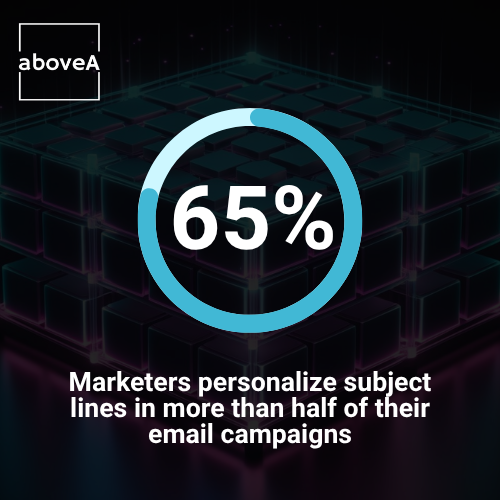
26% of customers unsubscribe when they get too many emails
Nobody loves to have their mailbox flooded. In a Manifest survey, 59% of people emphasized unsubscribing because of receiving too many letters from the same person. “Less is More” is sometimes better in email marketing. Make sure you don’t spam emails all over the place.
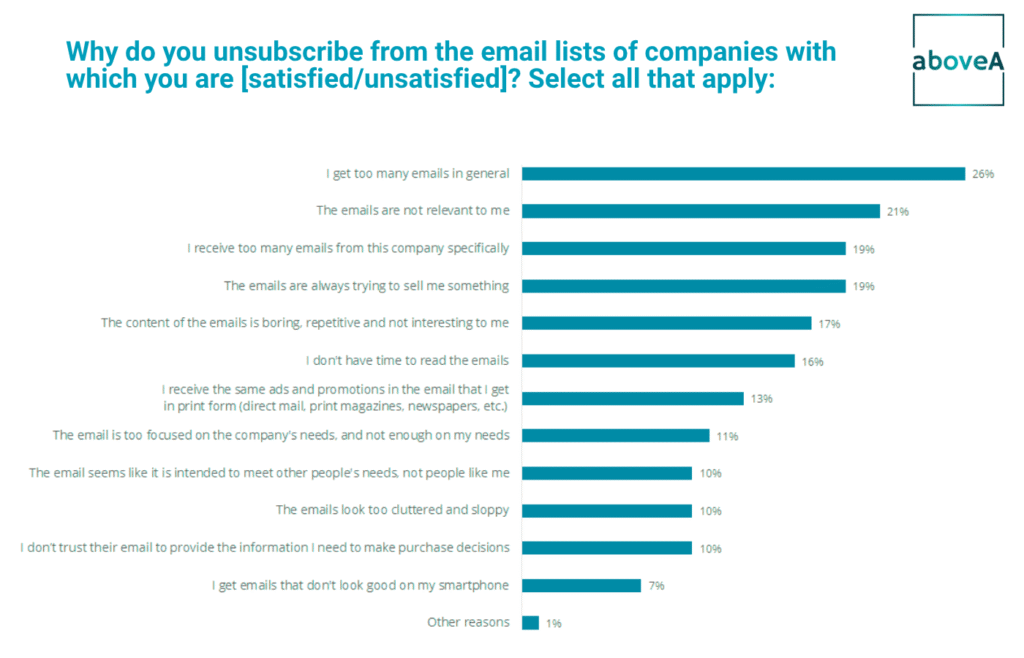
Pay-Per-Click (PPC) & Paid Advertising Statistics
Some say PPC & paid ads in 2025 digital marketing are outdated. But in reality, it’s still useful. Check out the latest stats to see how PPC is still relevant in 2025.
PPC traffic converts 50% better than organic traffic
PPC offers a higher conversion rate in general. 61% of B2B marketers considered them for quick results. It’s also the second most effective marketing channel, behind content marketing. Thus, try employing PPC and combining it with content marketing if you need more leads.
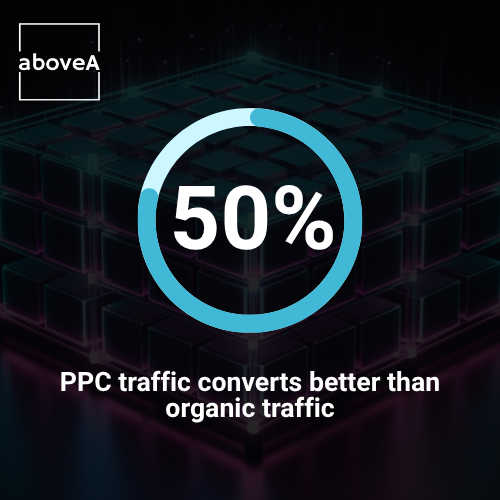
98% of PPC marketers use Google (excluding YouTube) as the PPC advertising channel
Google is still the most widely used PPC advertising channel in 2025. 99% of PPC advertisers with a monthly budget of $50K–500K mainly used Google for marketing. So, keep up with PPC if you want to obtain a competitive edge.
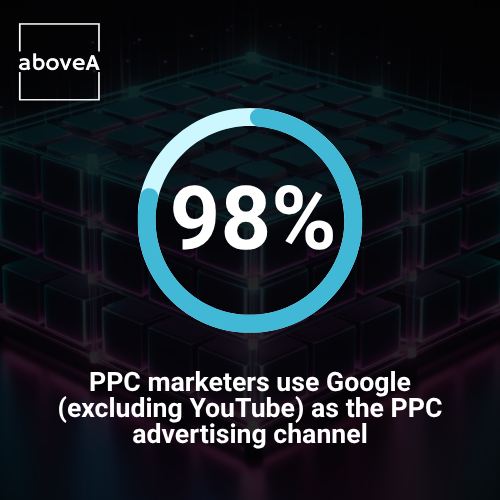
Paid search ads account for 27.6% of new visitor traffic
Paid search can bring new visitors. It’s better than other marketing channels. The campaigns also generate two times much traffic as SEO. If you’re struggling to gain website traffic, you can give paid advertising a go.
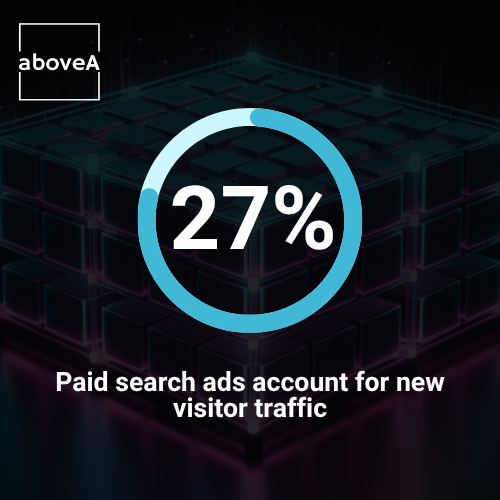
PPC search ads lift brand awareness by 80%
PPC helps businesses get more recognition. Google found that search ads boost awareness. And also on unaided brand awareness, even when the searcher doesn’t click the ad. If you seek more attention, just give PPC a try.
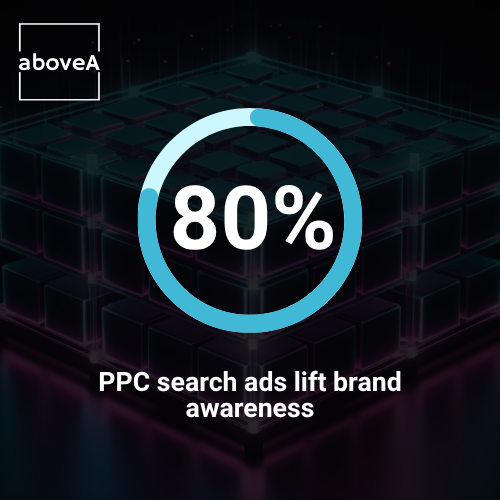
Video Marketing & Streaming Statistics
We are all aware that video marketing has gained significant popularity in recent years, thanks to the emergence of reel videos and platforms like TikTok. Yet, 37% of businesses still don’t opt for video marketing due to feeling unsure where to start and how to benefit from this type of marketing vertical. To help you brainstorm the right content, we offer you the latest stats to see how other companies use the right approaches.
Tech marketers create videos to explain complex products (49%)
Videos are great for showing how products work. 78% of online users prefer to learn about a product through a short-form video. Use video marketing to show your product to potential customers clearly. This matches their learning style.
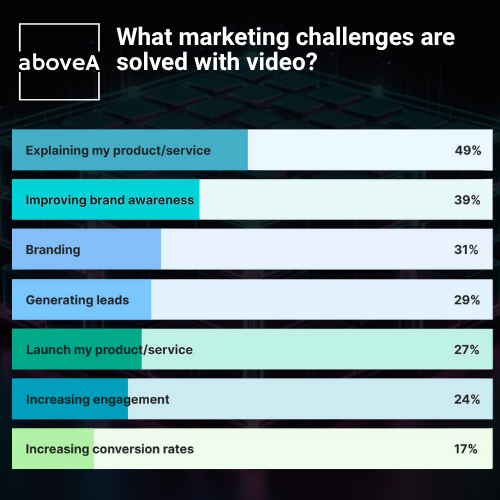
21% of marketers say short videos give the best ROI
Short-form videos do not simply inform. They convince you to buy. 89% of online users report having been swayed to buy. This is your best chance to grow your business. Create compelling short videos!
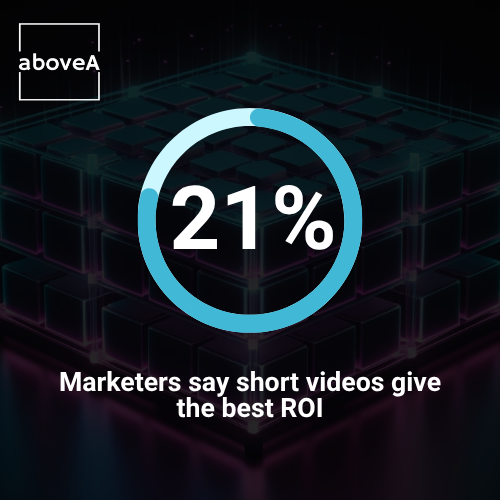
3-5 minutes of how-to videos see 45% engagement
In comparison, the average engagement rate for 3-5 minute videos is only 43%. This means people want help videos or tutorials. Make more how-to videos in your video marketing. This will help you find new prospects.
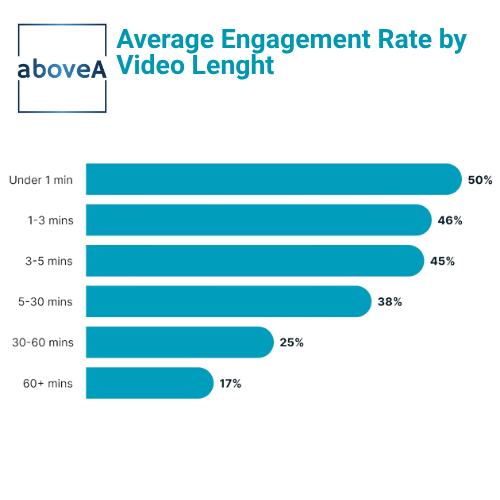
13.88% of video marketers will invest in live streaming
Live streaming is a great way to interact and connect with others. They usually get three times the engagement of pre-recorded content. Host live social media sessions. You can find out about potential customers and their questions this way.
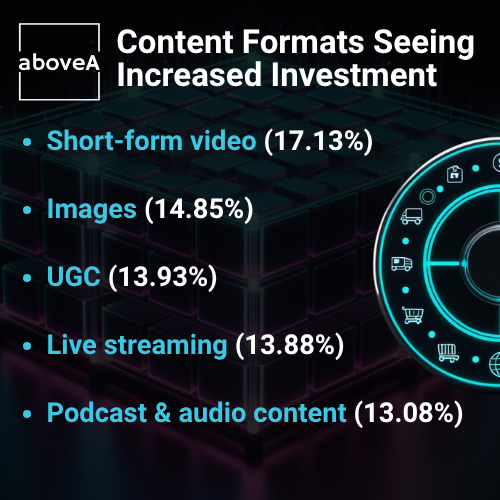
70% of businesses use Instagram Live for product launches
Over 100 million users watch Instagram Live every day in 2025. And influencers who use it see a 35% increase in audience retention. That means Instagram Live is useful for getting potential customers. Learn Instagram Live basics to boost your growth!
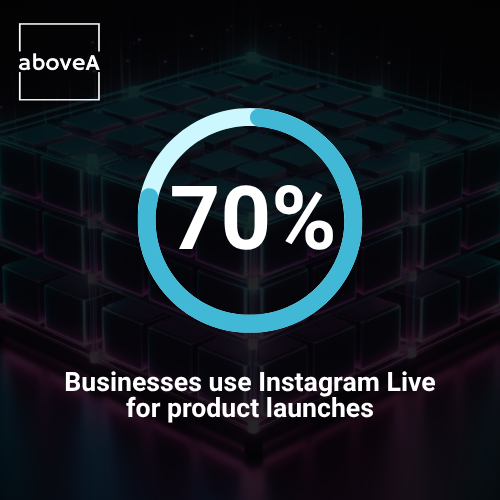
Voice Search & AI Assistants in Digital Marketing
Voice search and AI assistants are growing fast in 2025. But most people think they’re hard to adopt. That’s not the case! Here are some stats to inspire you to use voice search and AI effectively for growth.
Voice searches average 29 words in length
Voice search optimization lies in conversational keywords. Using short-tail keywords reduces website traffic. Thus, focus on keywords like “Where can I get second-hand laptops?” instead of “second-hand laptops” to get more traffic.

50% of the people surveyed have used their voice assistants to shop
Voice shopping is becoming popular. An additional 25% of respondents are open to it in upcoming instances. They use it to buy daily necessities, like groceries. Use voice assistants to grow your business in voice commerce. Don’t wait to start!
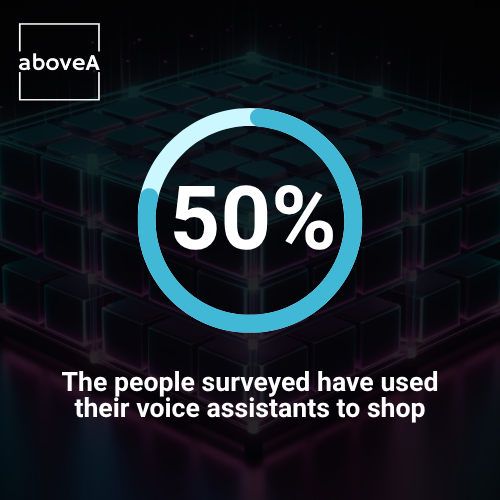
56% of voice searches happen on mobile phones
Speed is the key in voice search. Voice assistants will ignore websites that are slow or not easy to use on mobile. Ensure your website works well on mobile for voice search.
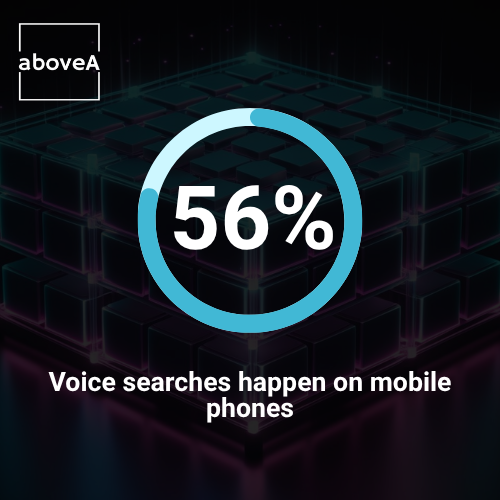
Businesses reduce costs by 78% with a virtual assistant
Lacking resources for digital marketing? AI assistants are great tools to help you cut costs. 37.7% of businesses use them for administrative work. You can save money for other business development areas by automating tasks with AI.
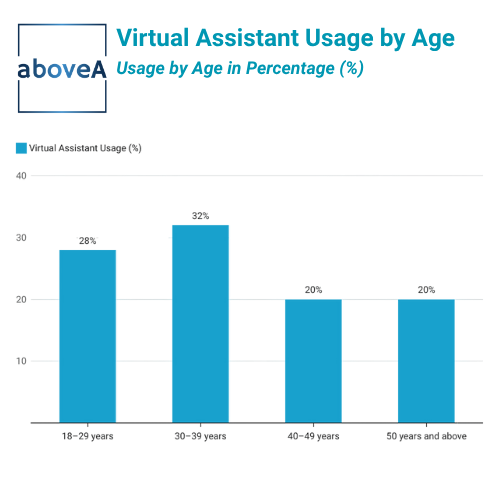
76% of consumers are concerned about misinformation from AI tools
Customers still have trust issues with AI. For example, 71% of US citizens are worried about using AI for financial advice. AI helps with content creation. But it can also spread misinformation. Be sure your business content is dependable and credible.
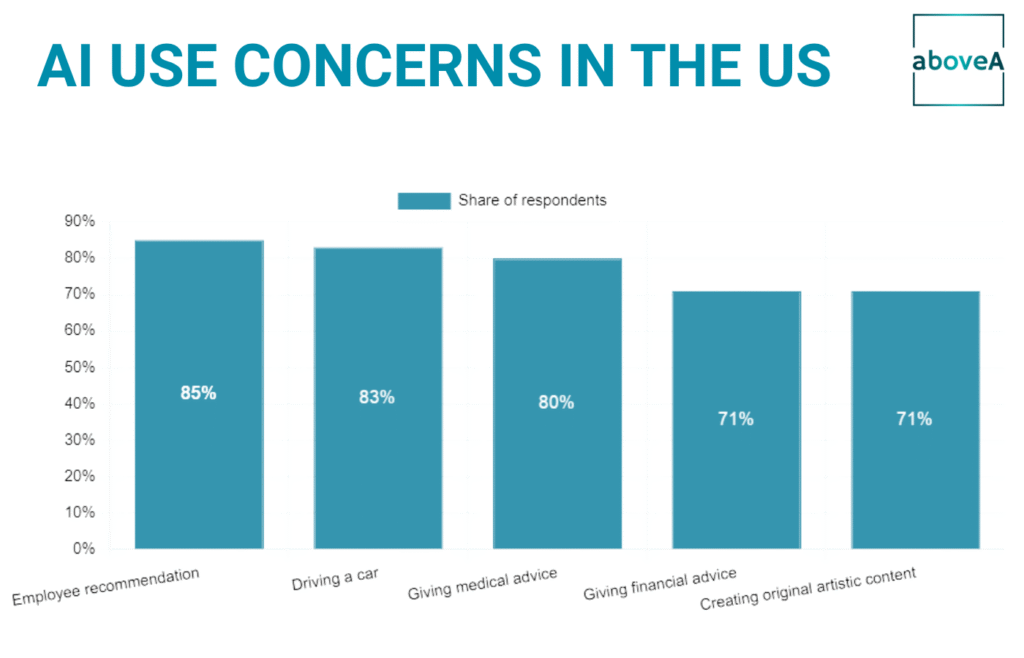
E-commerce Marketing Statistics
There are plenty of online shops now. Are you confident that yours will stand out? If not, we are here to offer you insights from the latest marketing stats. They serve as the checklist for your business to grow.
On average, 70.19% of online shopping carts are abandoned
A high abandonment rate is harmful if you run an e-store. It represents a loss of potential revenue. To avoid it, put mobile-friendliness first. This ensures a smooth experience. Also, be sure you have implemented navigation, buttons, and the point of sale system. This will ensure you sustain a positive conversion rate.
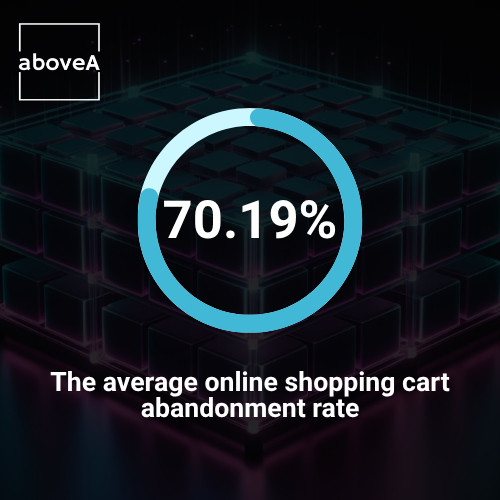
49.4% of digital buyers admitted that free delivery would urge them to buy
Shipping costs lead to cart abandonment. About 48% of customers abandon carts due to this. Free shipping is a must for an online business to work. This can convince more customers to buy. They’ll feel like they are getting a good deal.
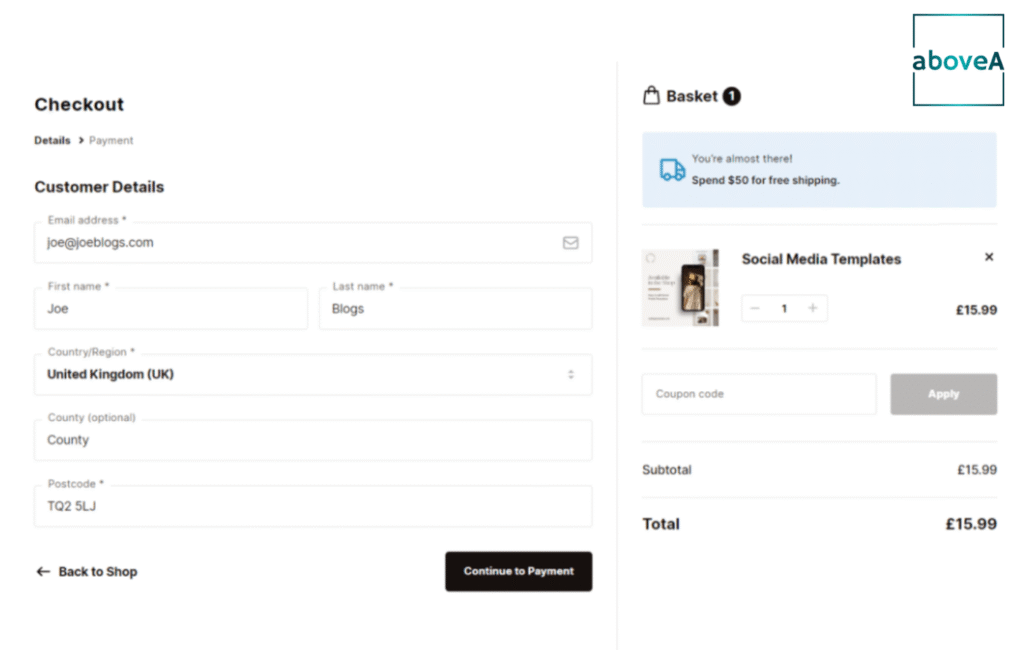
90% of shoppers said the photo quality was important to their buying choices
E-commerce customers count on product photos to choose what to buy. Don’t fumble this opportunity to impress them. You can hire a pro photographer for great photos. And ensure that your products are in some close-ups.
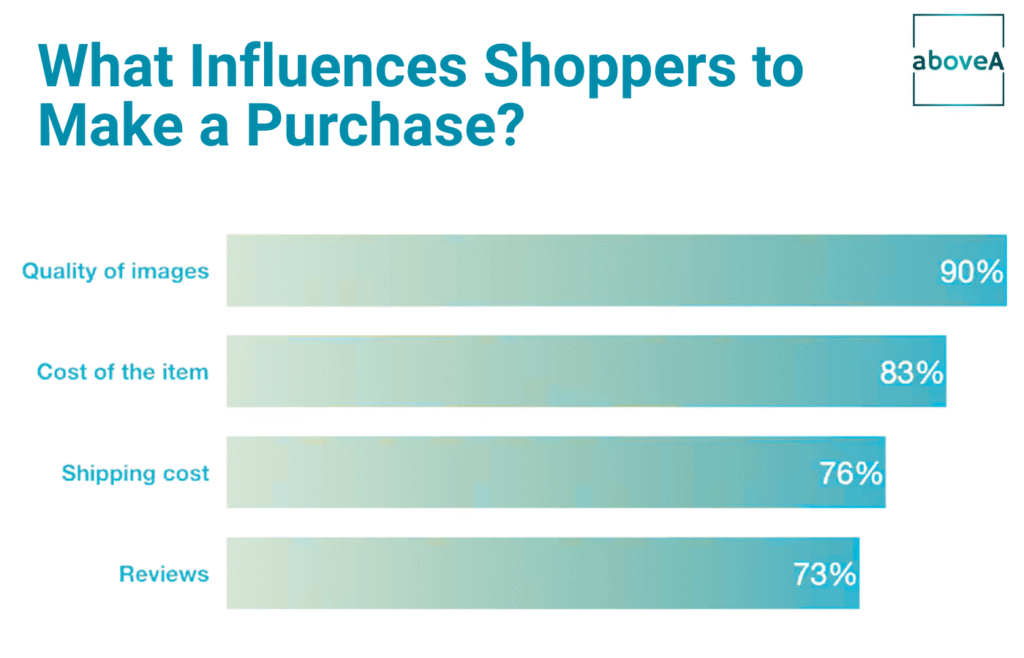
45% of consumers won’t purchase a product if there are no reviews available for it
90% of shoppers read online reviews before they buy. Those reviews have keywords that draw in potential customers. This helps with SEO optimization. Get customers to leave a review by offering them discounts. It’s essential for growing your business.
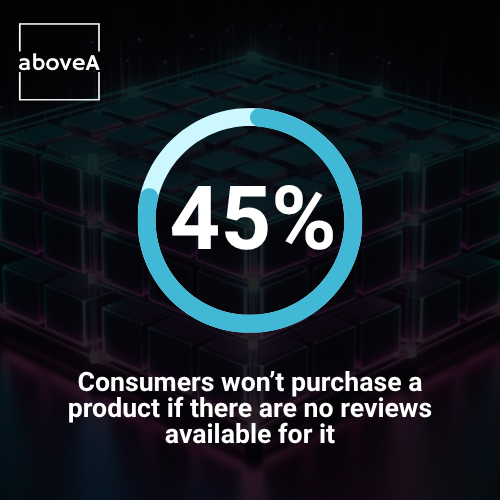
Product videos play a key role in influencing online purchases

Influencer & Affiliate Marketing Statistics
Influencer and affiliate marketing are popular. Yet, they can be tough. It can either elevate or ruin your business. So we’re here to help! Here are some helpful strategies from these stats. And some marketing challenges for your reference.
The number of companies with a budget for influencer marketing fell from 85.8% in 2024 to 75.6% in 2025
Companies now use a more strategic approach. They work with influencers who show clear results. Choosing the right path is key for growth. Campaigns shouldn’t aim for brand awareness only. They should increase sales and engagement.
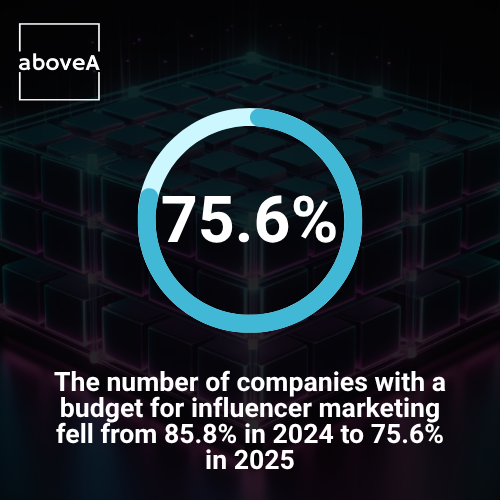
47% of industry experts prefer ongoing collaborations
Sustained partnerships gain audience trust. Then improve conversions. Influencer marketing should be genuine and not forced. It should also connect with the community. Although aiming for sheer reach doesn’t always work.

37.3% of brands now choose to work with micro-influencers
Smaller creators tend to engage better and build more trust. This fits the brand’s approach to building authenticity. Business owners must look for influencers who appeal to their audience. A strong community is vital for marketing success in 2025.
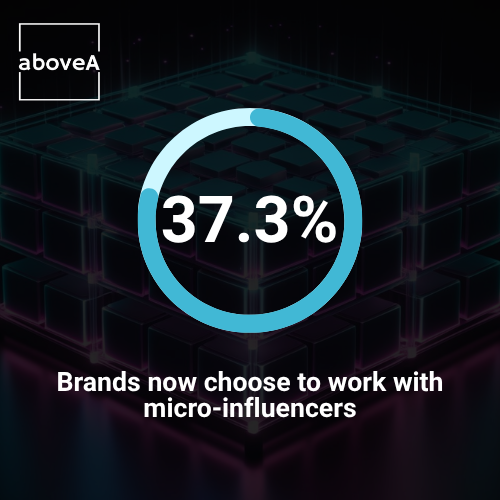
74% of shoppers check affiliate sites before buying
Affiliate sites are signs of proof. 50% of consumers trust affiliate recommendations. Just like how they trust personal referrals. Partnering with other companies builds trust for your business. This will bring more potential customers.
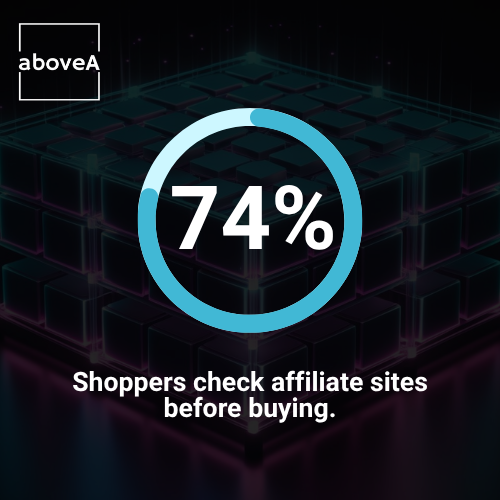
Affiliate marketing still raises many concerns
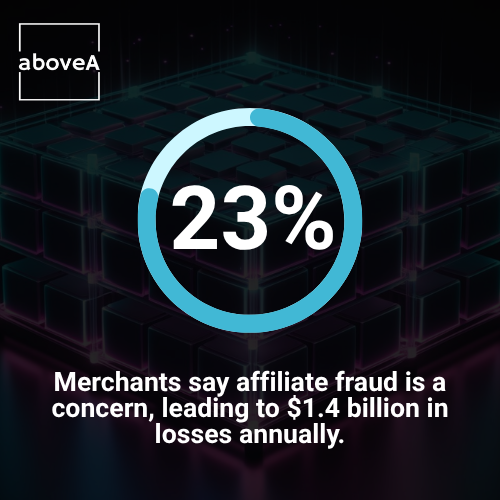
Emerging Trends in Digital Marketing for 2025
Technology is changing the niche of digital marketing. Tools like AI, blockchain, Web3 & 5G are reshaping marketing strategies. At the same time, customers also want more privacy when shopping. Thus, you must understand these current trends. They help you adapt to the new age of marketing.
Zero-click searches dominate with answer engines
Answer Engines (e.g., featured snippets) give direct answers on the results page. They caused 65% of Google searches to end without a click. Now, if your content isn’t an answer, you miss out on visibility. Businesses need to focus on Answer Engine Optimization (AEO) to meet search intent. It makes your content the clear answer.
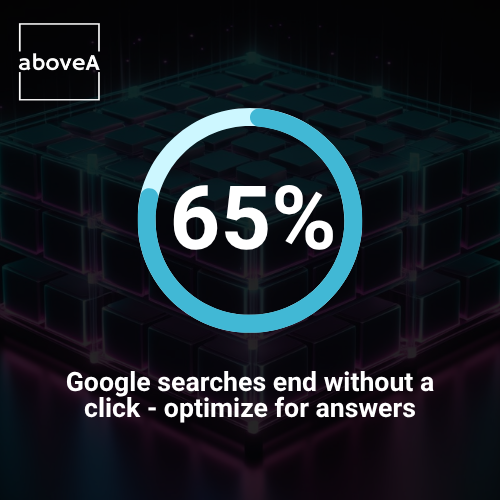
The Rise of Decentralized Digital Advertising
Blockchain has disruptive potential. Advertisers, publishers, and consumers can interact directly. There’s no need for a central authority like Google. This keeps the budget efficient and cuts down on ad fraud. By 2025, many people will use decentralized ad networks. It’s never too late to follow suit.
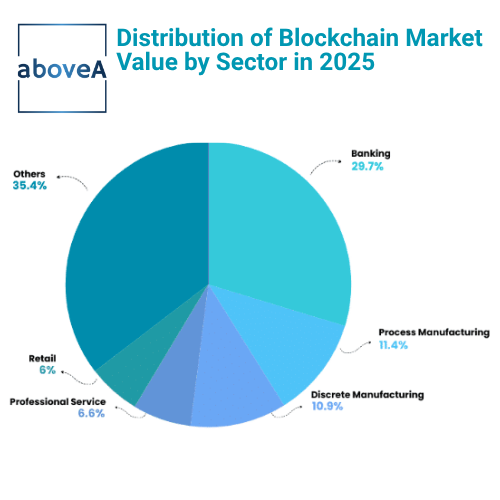
The web3 marketing industry will grow from $3.9 billion to $72.5 billion by 2032
Companies use token-based incentives in advertising. They offer perks for users engaging with their brand. Token-curated ads let users get rid of spam and promote content. Reward customers in your ads. This raises both engagement and retention.
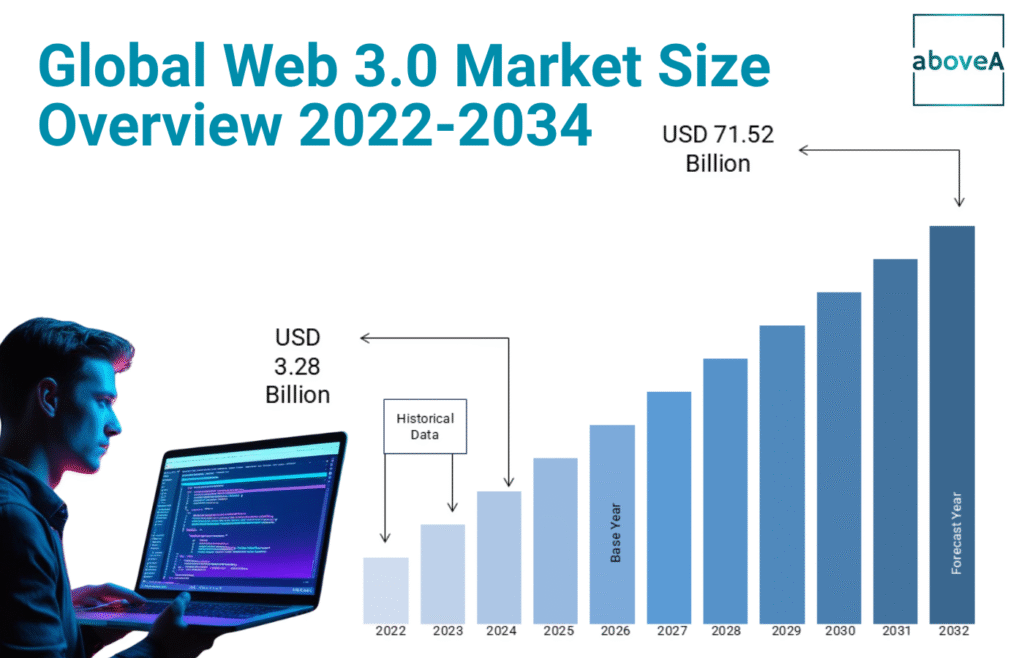
Immersive product demos and virtual try-ons will be a hit
5G has AR & VR. Consumers can view products in a digital, immersive space. They see how products will look on them in their settings. AR and VR raise satisfaction by showing a realistic preview. It also lowers returns by matching expectations with reality. Amaze users by using AR & VR to show your products.
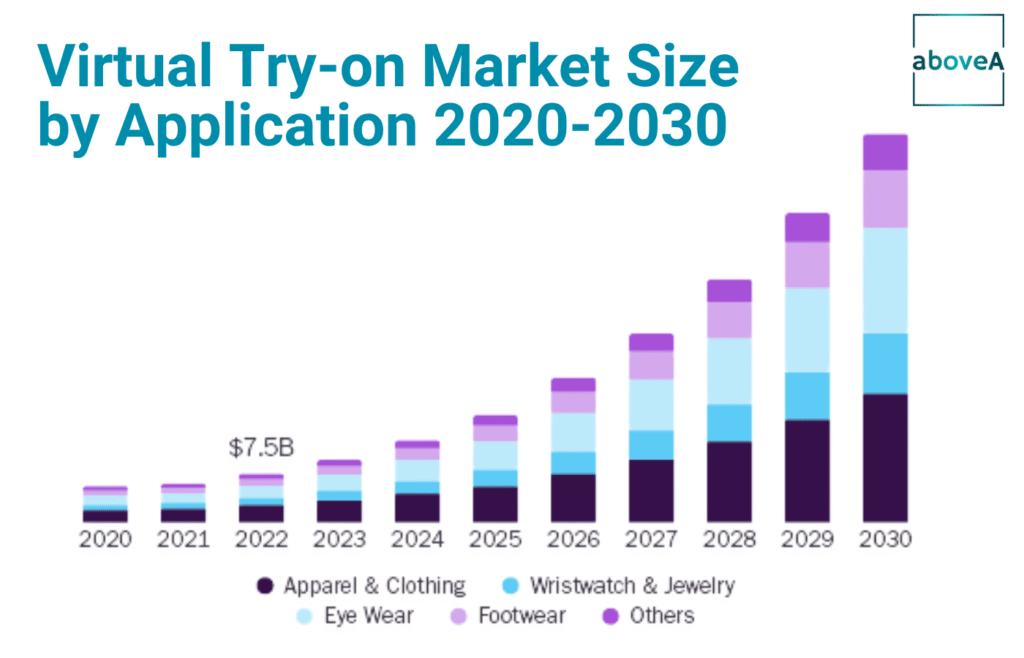
Users want to gain more control and insight into their data.
90% of consumers will trust brands with clear data practices. Businesses should now adopt consent-first policies. They need clear user permission to collect data. Being clear about how you use data helps build trust with customers. These tips build credibility for your company.
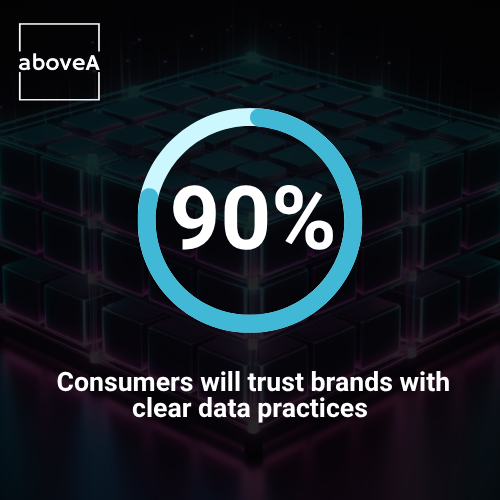
Need better digital marketing strategy for revenue growth?
Final Words
Digital marketing success depends on a wise selection of employed tactics. But choosing is often troublesome. So this collection of online marketing stats serves as an info deck. It shows how businesses succeed on various platforms, what customers want in 2025.
More importantly, knowing your audience will boost your business growth. Adapt your content to E-E-A-T and AEO principles, followed by genuine content complemented by evergreen lead generation. They will increase your search traffic. Trust and lead generation, including conversions, as they are the backbone of any thriving business.
We hope these stats make digital marketing clearer for you. And help you create effective marketing strategies.
Frequently Asked Questions
What is the future of digital marketing in 2025?
Digital marketing will be shaped by AI, immersive experiences, and a focus on data privacy. Ethical marketing practices will also play a key role. AI will tailor content, automate tasks, and predict customer actions. Brands will be challenged to use AR and VR as they aim to increase user engagement.
How much is digital marketing expected to grow in 2025?
The market value is expected to reach $472.5 billion in 2025. And continue to grow at a compound annual growth rate (CAGR) of around 13.9%.
Where will digital marketing be in 5 years?
In 5 years, digital marketing will change a lot. AI will be more integrated, and the use of AEO will expand. Increased hyper-personalization. A stronger focus on privacy and ethical use. Also, AI automation, AR and VR experiences, short videos, voice and visual search.
What will digital marketing look like in 2030?
Digital marketing will use more immersive tech. AI will drive hyper-personalization. There will also be a focus on ethical data practices. Expect smarter automation. Look for better voice and visual search. Also, social media and mobile platform use will grow.

